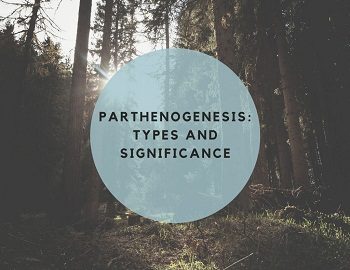Group Displacement Law:
The results of α-particle and β-particle change have been summed up by Fazan, Russel and Soddy in the form of a law known as Group Displacement Law which states that “the α-particle emission from the nucleus of a radioactive substance (Parent element) results in the formation of a new element (daughter element) having atomic mass less by four units and is displaced two groups to the left of its parent element in the periodic table while β-particle emission results in the formation of a new element having same atomic mass but is displaced one group to the right of its parent element in the periodic table”. Example-
| 84Po215 — – α —–> 82Pb211 — – β —–> 83Bi211 — – β —–> 84Po211 90Th232 — – α —–> 88Ra228 — – β —–> 89Ac228 — – β —–> 90Th228 |
Thus, it follows from the above examples that one α-particle change followed by two β-particle changes results in the formation of “Isotopes” (different atoms of the same element having the same atomic number but different atomic mass) whereas one β-particle change results in the formation of “Isobars” (atoms of different elements having same atomic mass but different atomic numbers). So, in the above examples-
84Po215 ; 84Po211 and 90Th232 ; 90Th228 are Isotopes whereas 82Pb211 , 83Bi211 and 84Po211 are Isobars. Similarly, 88Ra228 , 89Ac228 and 90Th228 are also Isobars.









Comments (No)